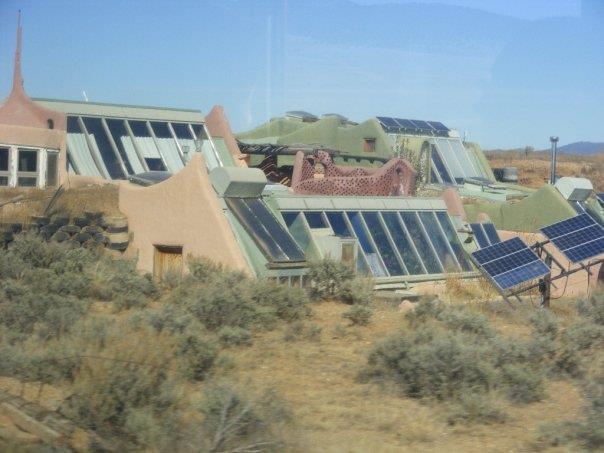When we think of a “green roof” most of us conjure up images of trees and vegetables on top of a tall building in a city or maybe a sod roof with a goat grazing on it. Green roofs are much more than that. I learned a lot about green roofs on a webinar taught by Dr. Michael Goldschmidt at the University of Missouri. Michael is a licensed architect and interior designer and a LEED accredited professional who has a great deal of knowledge in this area. Here is some of what I learned.
Most of us have a roof covered with asphalt shingles, which are made from a petroleum-based product. These are not very green. A lot of energy goes into the manufacturing process and the lifespan is seldom as long as the sales person told you. Many asphalt shingles end up in landfills, especially after a big storm hits.
So what can you do to make your roof greener?
- Choose more sustainable materials, such as those made from recycled content.
- Select products with a long lifespan.
- Reduce the amount of adhesives used during the installation process and increase the use of nails (if feasible).
- Use a contractor who carefully measures the roof and orders only what is needed to roof your house.
- Recycle the shingles you remove. In many states there is an asphalt paving company that will take used shingles.
- Consider alternatives to asphalt. Wood shingles require less energy to produce. The downsides are that they are flammable and need to be treated, and they are not allowed in all parts of the country.
- Concrete, clay or slate tiles take the most energy to produce, but they last for a long time.
- Fiber cement composites and composite synthetic shingles are made from recycled materials and are very durable.
- Metal roofing has a distinct look, but is a good long-lasting alternative.
- Vegetative roofs are more commonly seen on commercial properties, but are growing in popularity and use as alternative roofs for house.
A great way to reduce energy costs is to choose a lighter colored roofing material. On the webinar I learned a new word – Albedo. It refers to solar reflectance. A high albedo roof reflects most of the solar energy away from the surface before it is absorbed. This means that in the hot southern climates, like Georgia, a lighter colored roof is the best choice to reduce cooling costs. Manufacturers can often give you this rate. The other thing you can look for is Solar Reflectance Index (SRI) which is a good measure of the roof’s ability to reject solar heat. The DOE (Department of Energy) has a Cool Roof Calculator, which is a great way to find out how much you can save by choosing a lighter roofing tile.
The next time you need a new roof, consider making it a green roof.
Note: This information came from a webinar coordinated by Cooperative Extension. To learn more go to Home Energy .

Leave a Reply